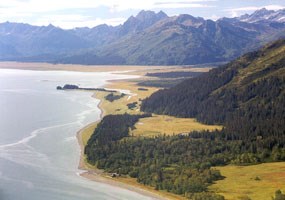
Lake Clark National Park and Preserve boasts 123 miles of coast along Cook Inlet between Chinitna and Tuxedni bays. Located west of the Kenai Peninsula, the Lake Clark coast is famous for spectacular scenery, birds rookeries, and bear viewing in the lush salt marshes at Chinitna Bay and Silver Salmon Creek. Two islands near Tuxedni Bay, Chisik and Duck, are managed by the U.S. Fish and Wildlife Service as part of the the Alaska Maritime National Wildlife Refuge. 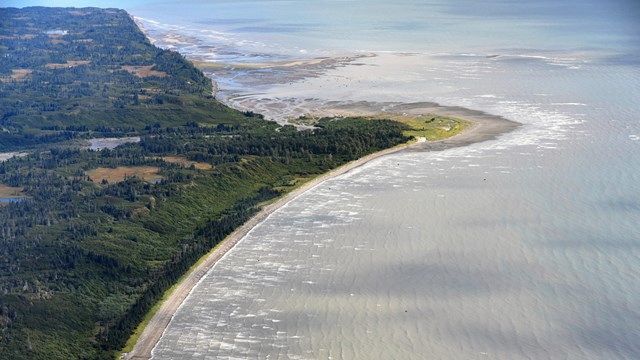
A Day on the Lake Clark Coastline
Watch the park's coastal orientation film. Learn more about bear viewing. 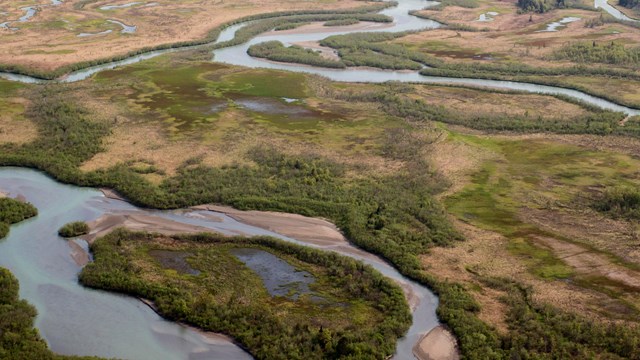
Coastal Salt Marshes
What makes a salt marsh special? Join NPS scientists from SWAN as they work along the Lake Clark coast. 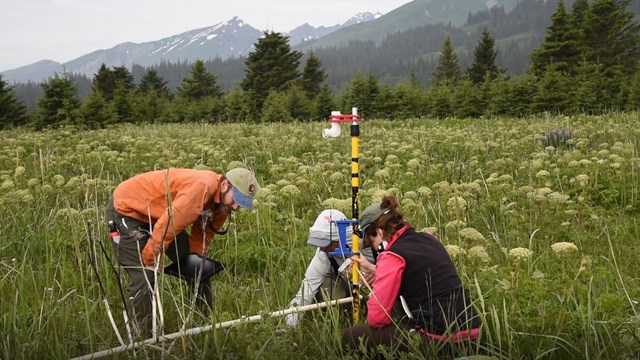
Salt Marsh Monitoring: A Closer Look
Join NPS Scientists as they monitor plants along the Lake Clark Coast. 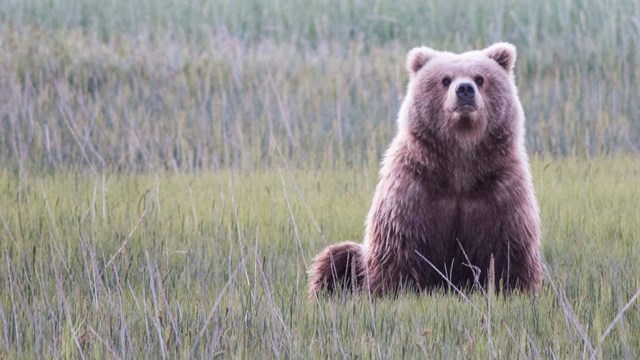
Meet Us at the Meadow
SWAN Biological Science Tech Emily shares her work and insight about the plants that make the Lake Clark's coastal sedge meadows. 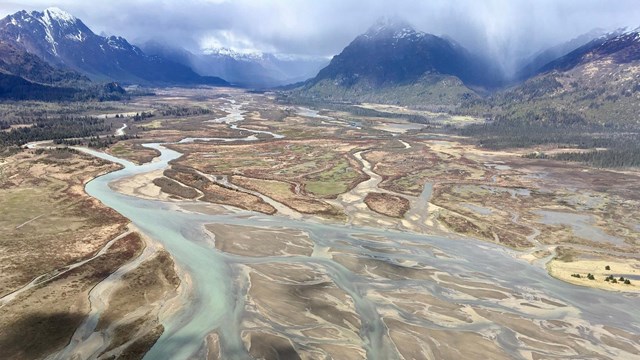
West Cook Inlet Ecology
Dive in to learn how the Cook Inlet Coast is an extremely dynamic ecosystem. 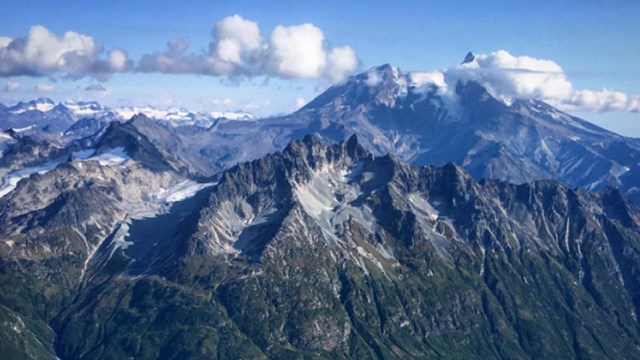
West Cook Inlet Coastal Geology
Tune in to how Lake Clark National Park's physiographic features are still shifting today. |
Last updated: December 16, 2020
